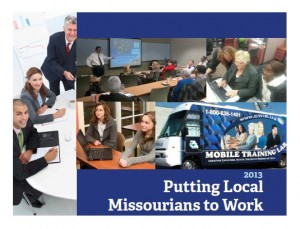Would your new employees benefit from excellent online training about the workforce system? What about your Workforce Investment Board members, or even experienced employees?
Workforce3one from the Department of Labor’s Employment and Training Administration recently published online and on-demand training webinars with the choice to learn from these three perspectives. Modules include:
 Module 1: Introduction to State and Local Workforce System Governance
Module 1: Introduction to State and Local Workforce System Governance- Module 2: The Mechanics of Workforce Funding
- Module 3: Workforce System Accountability
- Module 4: Wagner-Peyser Act and Reemployment Services
- Module 5: Workforce Investment Act Overview
- Module 6: Workforce System Services for Employers
- Module 7: Workforce System Scenario: Job Seeker
- Module 8: Workforce System Scenario: Employer Services
The training is now online and is best viewed with a high-speed connection as the webinars are rich in content.





